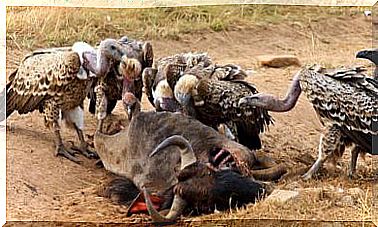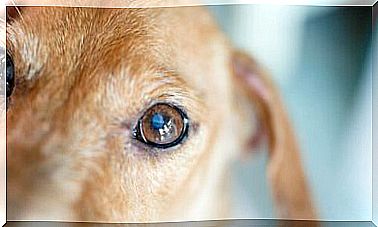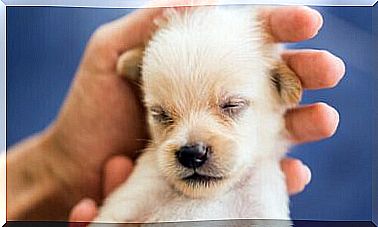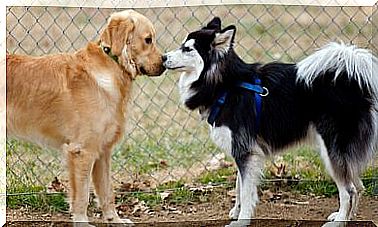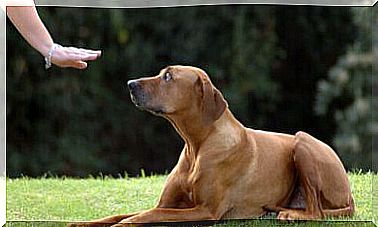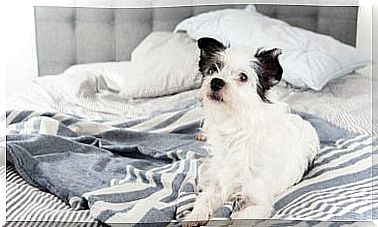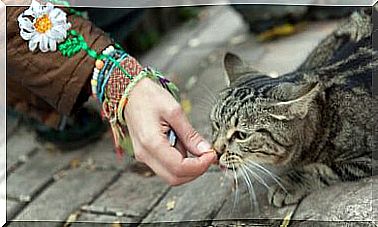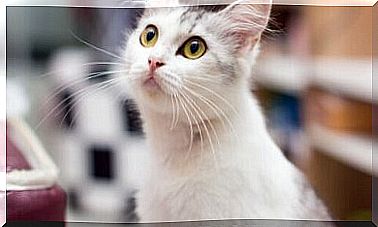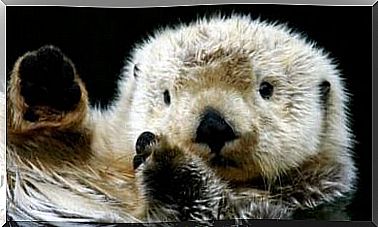Teach The Dog To Play Ball Without Anxiety
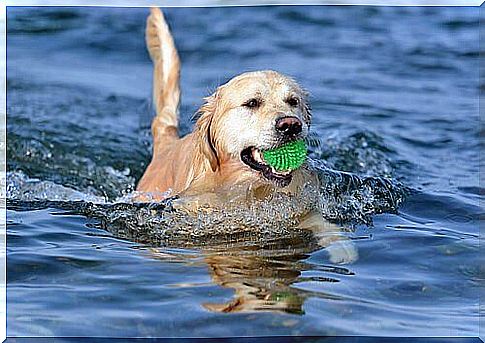
What makes a ball, a branch or a Frisbee so magical that it makes your dog run desperately to fetch it, grab it and bring it back every time you throw it? To be fair, it must be said that some pets can behave a bit “obsessive” towards these toys. For this reason, in the following article we will tell you how to teach your dog to play ball without anxiety.
The dog and the ball, a very strong relationship
When you go to the park with your dog, in addition to a leash and collar, you can never forget his favorite toy: the ball. Your four-legged friend loves to spend time looking for it and bringing it back, again and again, while you are sitting on the lawn or on a bench, throwing it as far as possible.
In reality, this attitude must be understood as a kind of “return to origins” and that brings out the wild side of your dog which, it must be remembered, is a distant relative of wolves. In their natural habitat , these predators often traveled long distances in search of food and, once they spotted their prey, they chased it to the end.
What few people know is that once the wolves got the booty of meat, they brought it back to allow the nutrition of their family group. That is, after capture, they donated the fruit of the hunt, a gesture of altruism and generosity towards other beloved animals. The same happens in the mind of your four-legged friend: once “captured” the ball, he brings it back to you to complete this action as ancient as it is wild.
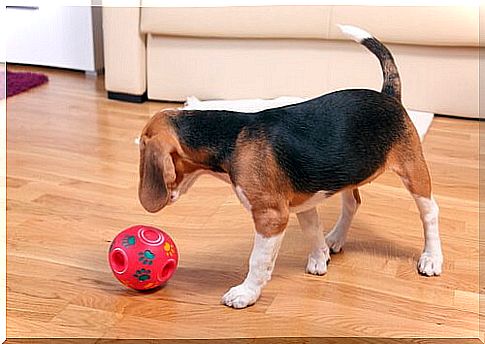
Personality and lack of exercise
Dogs still maintain certain behaviors of their ‘wild phase’ and, while some are more alert than others, the truth is that none of them can resist the temptation to run after a ball, branch, Frisbee or any other. what, when thrown past his eyes.
While for some pets playing with the ball is a fun time, for others it becomes an obsession. They start barking, they get nervous, they never stop, they can’t wait for the owner to throw it, etc. This desperation has to do with the personality of the animal and the lack of control on the part of the person who raised it.
Of course, it is also linked to the amount of exercise that the animal does during the day: if he sleeps 10 hours straight because there is no one at home and, as soon as you return you take him to the park, it is understandable that the accumulated energy is so much. to turn into excitement and nervousness.
How to teach your dog to play ball without anxiety?
The type of race is a key factor to be able to teach your dog to play ball properly. In fact, as you may know, there are some specimens naturally predisposed to retrieve (Golden retriever, Pointer, Spaniel, Labrador) due to their habit of hunting for prey. Other types of dogs may even find it “boring” to chase an inanimate object, such as the German Shepherd, Boxer, Rotweiller, etc.
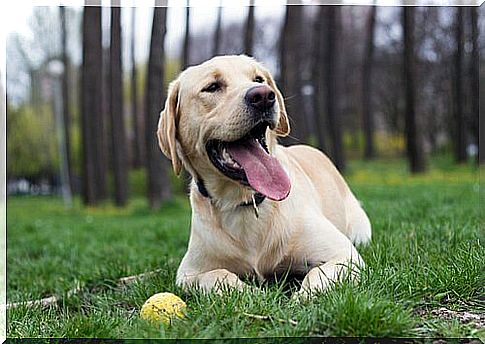
To teach how to play ball “correctly”, avoiding excesses of anxiety, it is essential that you take your time and be patient. It is very important to be calm in order to convey serenity to the animal, thus helping it to learn better.
1. You lead the game
To begin with, it is you who have the task of starting the game and also finishing it. Only throw the ball to him when you have the animal’s full attention. After he has relieved himself or once you have arrived well in the park. If the dog asks you to throw the toy, perhaps by barking, crying or other exaggerated movements, keep the point and wait for it to calm down.
2. Play only if the animal is calm
This is very important because anxiety is often confused with happiness. You have to teach your dog to obey orders: tell him to sit up, wait a bit and… Come on! Throw the ball now!
Remember the principle of “nothing is done for nothing”. If the dog wants to play, he must first do something in return (do not bark, sit waiting, etc.) Make eye contact with your pet and until that happens, don’t start the game.
3. The dog must always return the toy
This is perhaps the most difficult step of all, especially in dogs that are usually inclined to hide their “prey”. You must teach him to return the ball, always, so that the game can continue. Some owners choose to give them a treat when they return with the toy. It doesn’t always have to be food, it can also be a caress or a word of love.
